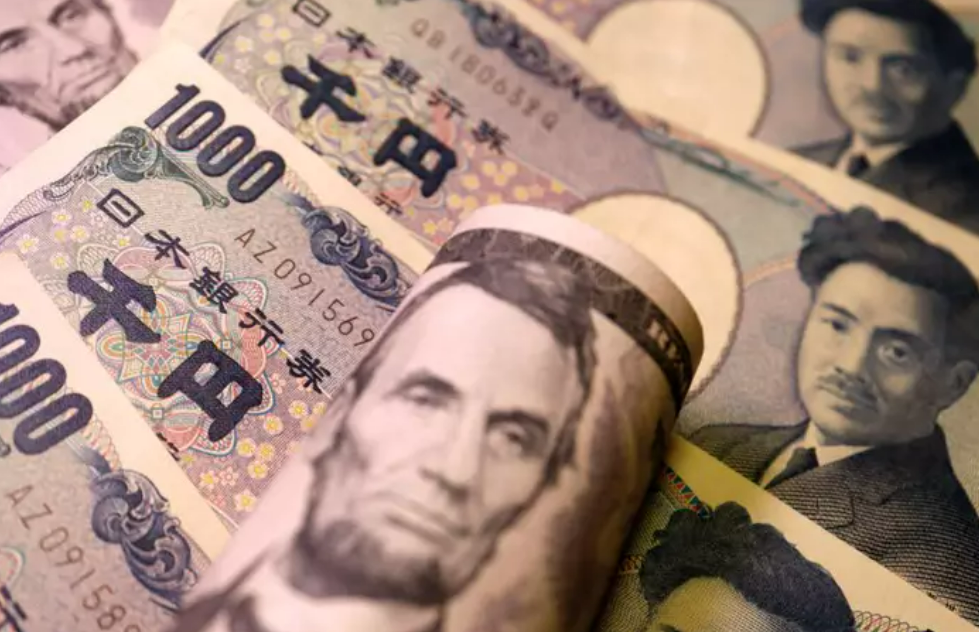Stronger dollar down for the week as clues point to inflation peak
On Friday, the Japanese yen saw the worst losses against a strengthening U.S. dollar as a two-day rise in stocks acknowledged market views that the Fed would need to take more action to keep inflation under control.


The dollar strengthened on Friday but was expected to fall for the week as traders balanced better-than-expected inflation statistics from the United States against warnings from Federal Reserve officials that the fight against rising prices was far from done.
According to statistics released on Friday, U.S. import prices fell in July for the first time in seven months as a result of reduced prices for both gasoline and non-fuel imports. This is the third report this week to suggest that inflation may have peaked.
Data released on Wednesday and Thursday revealed that two additional important inflation measures—consumer prices and producer prices—cooled in July, which led traders to lower their expectations that the Fed will raise interest rates by 75 basis points for the third time in a row when it meets in September.
The dollar recovered against its main competitors on Friday after four consecutive days of declines, including a dip of more than 1% on Wednesday, but was still on pace for a loss of around 0.84 for the week.
The dollar index was up 0.504% at 105.65 at 3 p.m. Eastern time (1900 GMT).
There is still some trepidation, in my opinion, since we want further proof that inflation is peaking rather than declining, according to Amo Sahota, director at Klarity FX.
Following a consistent drumbeat from Fed officials who made it obvious that they will keep tightening, the dollar turned around. Mary Daly, president of the San Francisco Federal Reserve Bank, stated on Thursday that she was open to the idea of a second 75 basis point increase in September.
According to Joe Manimbo, senior market analyst at Convera, "The Fed is likely to be tempted to fight back against the concept of a premature policy turn." "That might threaten to undo all the effort they've put into bringing inflation down."
In September, traders were estimating a 42.5% possibility of a 75 bps Fed rate rise and a 57.5% chance of a 50 bps increase.
The director of Societe Generale's FX strategy, Kit Juckes, said that dollar trading would likely stay "choppy."
Given that there is still enough inflation, Juckes said, "it's not going to be moving considerably weaker in a straight line." Instead, there is still a chance that the market will need to raise the price of terminal Fed funds.
The dollar was trading at 133.495 yen, up 0.39 percent versus the yen.
In terms of the dollar, the British pound decreased by 0.6% to $1.2141. Data revealed that the UK's GDP shrank less than projected in June, despite the fact that a second public holiday was anticipated to have a significant negative impact.
At $1.02625, the euro was down 0.53%. According to statistics, Spanish inflation in July was 10.8%, the highest level since 1984, while French inflation increased by 6.8% year over year.
Europe's troubles with the Ukraine conflict, the search for alternative energy supplies, and a blow to the German economy from a lack of precipitation have all put pressure on the euro.
In a note, Commerzbank said that it has reduced its prior projection for the euro-dollar exchange rate because it now saw a euro-area recession as the "base scenario" rather than a "risk scenario."
According to the bank, the euro is predicted to drop to $0.98 in December and not rise again until later in 2023.
Expectations of a Reserve Bank of New Zealand rate increase next week helped the New Zealand currency.
Bonus rebate to help investors grow in the trading world!

 English
English














